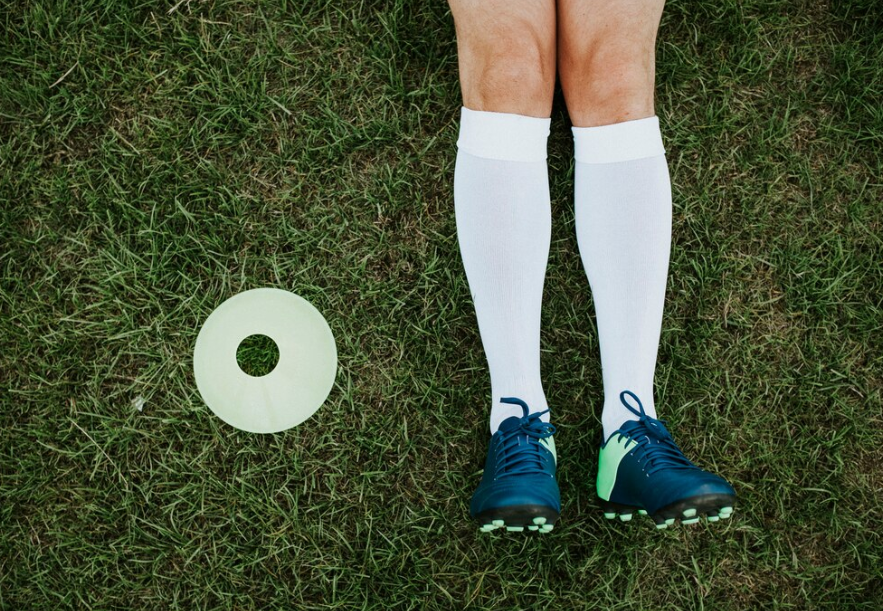Varicose Veins
Is Your Wardrobe Ready for Summer? What About Your Legs?
As summer approaches in Toronto, many of us are switching out our wardrobes, bringing back short-sleeve tops, shorts, and skirts. But when you put on those summer clothes, have you noticed more visible veins on your legs? Do your calves feel swollen or tired, or do the veins look twisted or bulging? These could be signs of varicose veins.
What Are Varicose Veins?
Varicose veins are a common condition where the veins become enlarged and twisted, often due to poor circulation. When the valves in the veins aren’t working properly, blood can flow backward and pool in the legs. This increases pressure, causing the vein walls to stretch and become more visible or even painful. Besides affecting your appearance, varicose veins can lead to discomfort such as swelling, aching, or fatigue in the legs.
Common Causes of Varicose Veins
Family history of vein problems
Deep vein thrombosis
Congenital syndromes
Obesity
Pregnancy
Prolonged standing and/or sitting
How Are Varicose Veins Classified?
According to the CEAP classification system, the severity of varicose veins is grouped into the following categories:
C0: No visible or palpable signs of venous disease
C1: Telangiectasies or reticular veins
C2: Visible varicose veins
C3: Swelling (edema)
C4: Pigmentation and eczema or lipodermatosclerosis and atrophie blanche
C5: Healed venous ulcer
C6: Active venous ulcer
When to See a Doctor
You should consider medical advice if you notice any of the following:
Twisted or bulging surface veins
Itching or burning sensations near the veins
Pain, heaviness, or swelling in the legs
Night cramps
Treatment
Selection of therapy for varicose veins should take into account symptoms, location, severity, and cause. Common options include:
Lifestyle modifications
Compression therapy
Local ablative therapies
Surgical interventions
Endovenous ablative therapies
Early diagnosis and treatment can significantly reduce symptoms. In many cases, wearing compression stockings and adopting healthier habits can help prevent varicose veins from worsening.
Prevention Tips
To reduce your risk, try to move throughout the day — walking instead of standing still, and avoiding prolonged sitting. Keeping your calf muscles active helps improve circulation and lowers your chances of developing varicose veins.


